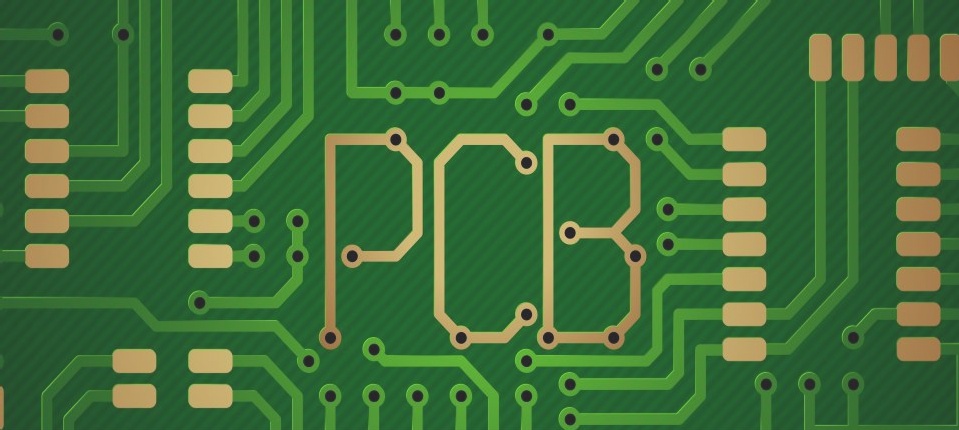Here are 10 things to pay attention to:
1. The outer frame (clamping edge) of the PCB assembled board should adopt a closed-loop design to ensure that the PCB assembled board will not be deformed after being fixed on the fixture.
2. PCB panel width should be ≤260mm (SIEMENS line) or ≤300mm (FUJI line). If automatic dispensing is required, the PCB panel width multiplied by length should be ≤125 mm×180 mm.
3. The PCB board shape should be as close to square as possible, preferably using a 2×2 or 3×3 configuration.
4. The center distance between small plates should be controlled between 75 mm and 145 mm.
5. When setting the reference positioning point, it is advisable to leave a non-resistance area of 1.5 mm larger than it around the positioning point.
6. There should be no large devices or protruding devices near the connection points between the outer frame of the panel and the inner small board, or between small boards. There should be a space greater than 0.5mm between components and the edge of the PCB board to ensure the normal operation of the cutting tool.
7. Four positioning holes should be made in the four corners of the outer frame of the assembled board panel, with a diameter of 4mm±0.01mm. The strength of the holes should be moderate to ensure they will not break during the upper and lower boards. The precision of the hole diameter and position should be high, and the hole wall should be smooth and free of burrs.
8. Each small board in the PCB assembled board must have at least three positioning holes, with apertures ranging from 3mm to 6 mm. No wiring or patching is allowed within 1mm of the edge positioning hole.
9. Reference symbols should be used for the positioning of the entire PCB and the positioning of fine-pitch devices. QFP with a pitch less than 0.65mm should be set diagonally. The positioning reference symbols used for the imposition of PCB sub-boards should be paired and arranged at the opposite corner of the positioning element.
10. Large components should have positioning posts or positioning holes, such as I/O interfaces, microphones, battery interfaces, micro switches, earphone interfaces, motors, etc.
1. The outer frame (clamping edge) of the PCB assembled board should adopt a closed-loop design to ensure that the PCB assembled board will not be deformed after being fixed on the fixture.
2. PCB panel width should be ≤260mm (SIEMENS line) or ≤300mm (FUJI line). If automatic dispensing is required, the PCB panel width multiplied by length should be ≤125 mm×180 mm.
3. The PCB board shape should be as close to square as possible, preferably using a 2×2 or 3×3 configuration.
4. The center distance between small plates should be controlled between 75 mm and 145 mm.
5. When setting the reference positioning point, it is advisable to leave a non-resistance area of 1.5 mm larger than it around the positioning point.
6. There should be no large devices or protruding devices near the connection points between the outer frame of the panel and the inner small board, or between small boards. There should be a space greater than 0.5mm between components and the edge of the PCB board to ensure the normal operation of the cutting tool.
7. Four positioning holes should be made in the four corners of the outer frame of the assembled board panel, with a diameter of 4mm±0.01mm. The strength of the holes should be moderate to ensure they will not break during the upper and lower boards. The precision of the hole diameter and position should be high, and the hole wall should be smooth and free of burrs.
8. Each small board in the PCB assembled board must have at least three positioning holes, with apertures ranging from 3mm to 6 mm. No wiring or patching is allowed within 1mm of the edge positioning hole.
9. Reference symbols should be used for the positioning of the entire PCB and the positioning of fine-pitch devices. QFP with a pitch less than 0.65mm should be set diagonally. The positioning reference symbols used for the imposition of PCB sub-boards should be paired and arranged at the opposite corner of the positioning element.
10. Large components should have positioning posts or positioning holes, such as I/O interfaces, microphones, battery interfaces, micro switches, earphone interfaces, motors, etc.



